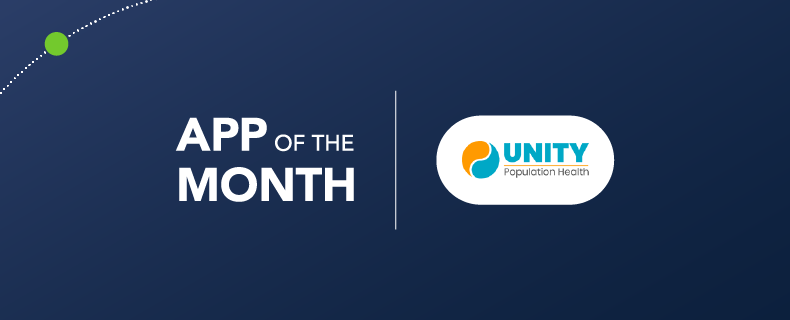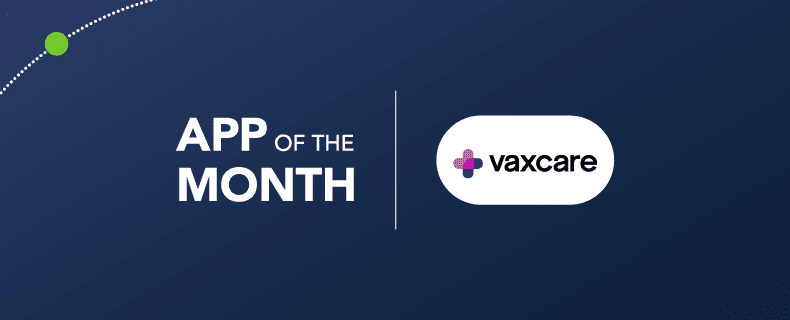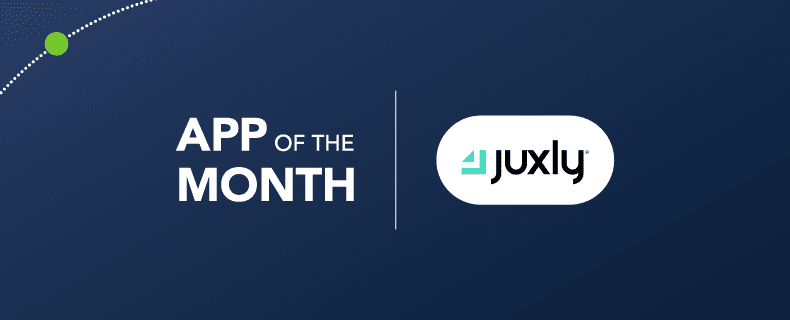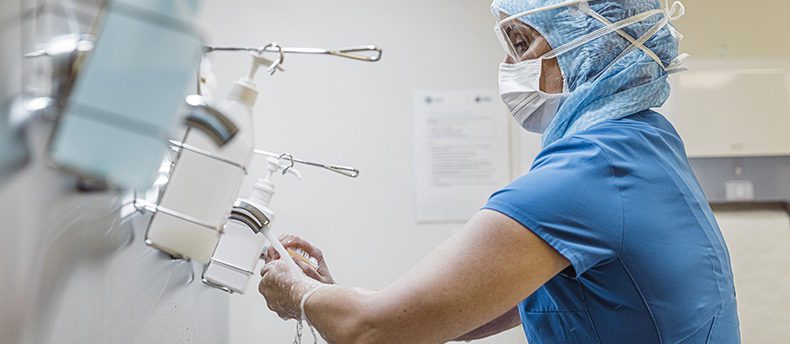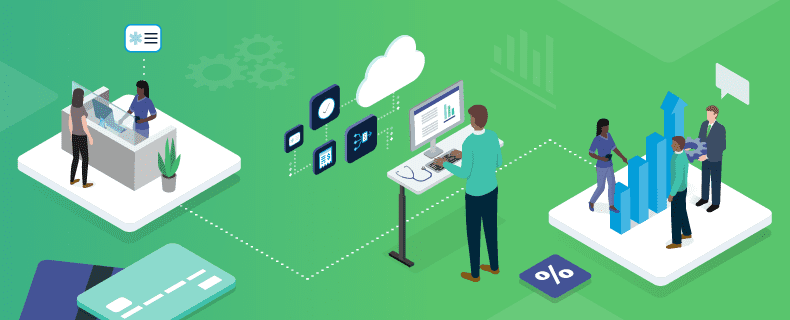Blog Posts
The secret to healthcare in the 21st century: Navigating disruption


Editor’s Note: This is the third blog post in a series in which Leigh Burchell shares the lessons learned from conversations with industry thought leaders during the Virtual ACE Conference Oct 6-8. Watch Leading Through Disruption in Healthcare here.
I’d like to share my key takeaways from the conversation I had with Nick Webb, a best-selling author who writes about innovation and futurism in healthcare.
With the advent of what is called Modern Medicine, incentives quickly developed to do things to the patient; accordingly, we still spend extraordinary money on healthcare in the United States, finding ourselves in a model of hyper-intervention. And unlike the days when providers visited patients in their homes and had a clear view into their whole life experience (what today we call social determinants of health), the nation’s health system now largely starves care providers for time with the patient and provides them with insufficient data about who their patients really are.
Currently, however, we are shifting to a focus on health over intervention. As Nick described it, the good news is that the future of healthcare is good for the good and bad for the bad. He explained that, in his opinion, this is a time where innovation* and agility will be must-have skills in healthcare. “Instead of trying to optimize what’s broken, we need to recognize those things that are broken completely and start over with new economic models.”
At the same time, the competition healthcare organizations are facing in trying to grow their business (or stay sustainable in some instances) isn’t only with the other doctor down the street but also new consumer-driven models (think mail-order teeth-straightening kits, or shopping for contact lenses online). Accordingly, Nick suggested that the secret to healthcare in the 21st century is understanding that patients should be viewed as consumers.
Increasingly, thanks to the improved data liquidity available through interoperable technologies, patients can choose where they want to receive care, and they can move their data to control that care experience in an entirely new way. The idea of a patient as a constituent who has agency is a new way of thinking, and those healthcare organizations who are responsive to that will benefit.
Allscripts clients who want to compete and survive in the current hyper-consumerized healthcare environment need to be willing to take a hard look at their current approach and evaluate where they need to do things differently. We are all used to Googling what we want to purchase or experience and expect the businesses that serve us to stay in touch, and people are looking for low-friction interactions in healthcare that mirror their online shoe shopping or grocery delivery experience.
So according to Nick, what should healthcare providers ask themselves as they look to the future of their business?
- What is your strategy to stay relevant in the world of the activated consumer?
- What is your consumer experience strategy? Consumer experience matters in the waiting room, in the exam room and after the patient leaves.
- Is there friction for the patient in your practice that you can mitigate or even eliminate?
- Are you prepared for the ways that Millennials and Gen Z patients want to interact (hint: it isn’t on the phone!)?
- What legacy way of thinking should you be walking away from?
As Nick asked, “If you aren’t planning, are you planning to fail?”
Watch Leading Through Disruption in Healthcare here.
Recommended Reading:
What Customers Crave – Nicholas Webb
The patient will see you now – Eric Topol
Local business resources:
https://www.shopkeep.com/blog/the-7-best-free-resources-for-planning-your-new-business#step-1
*By downloading this book, you acknowledge that you will not distribute or post the book or any of its content on any website or social channels or in any other way broadcast the book via any media. In choosing to download the book, you certify that you will only download this book on your personal connected device and will not share it in any way.




